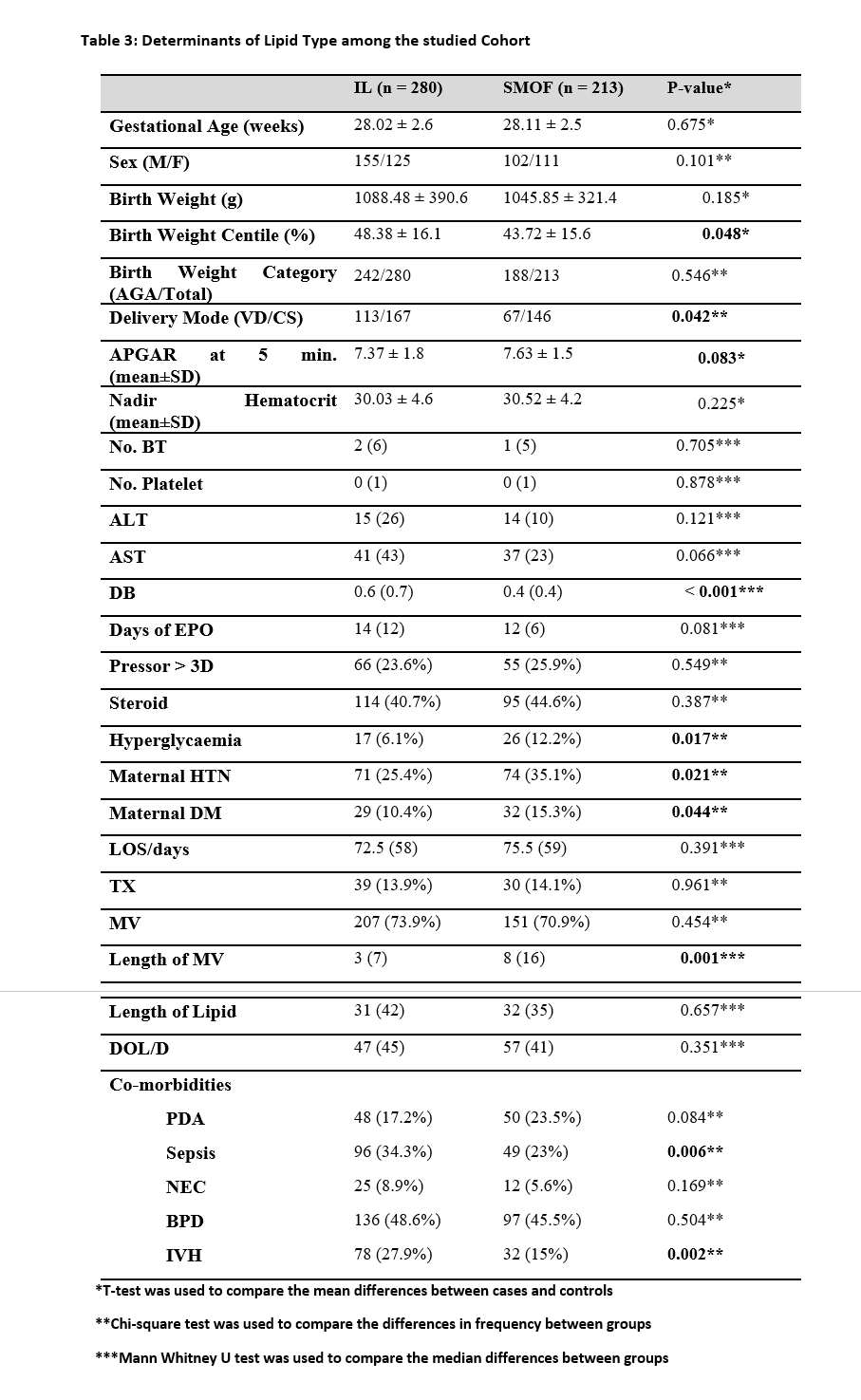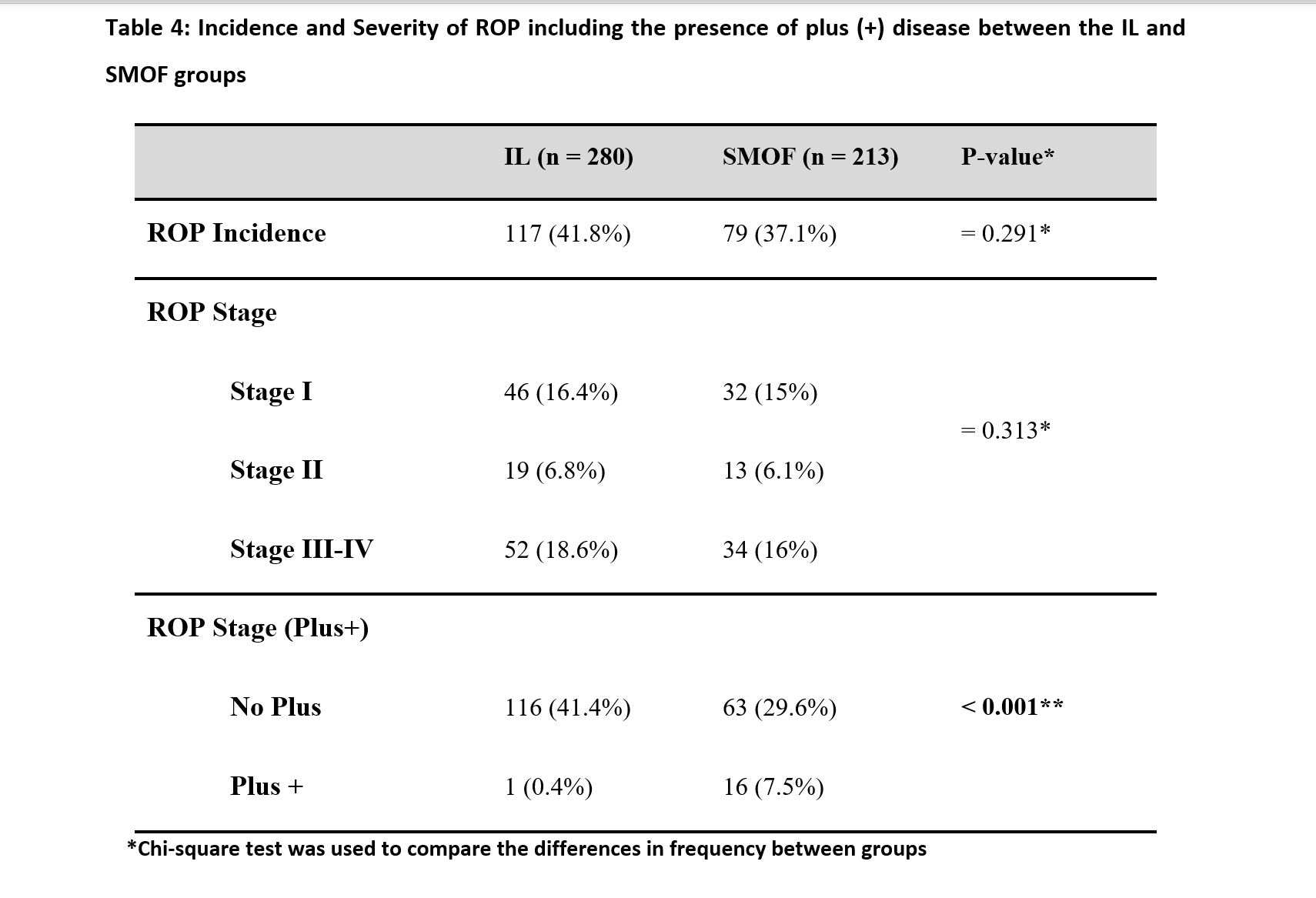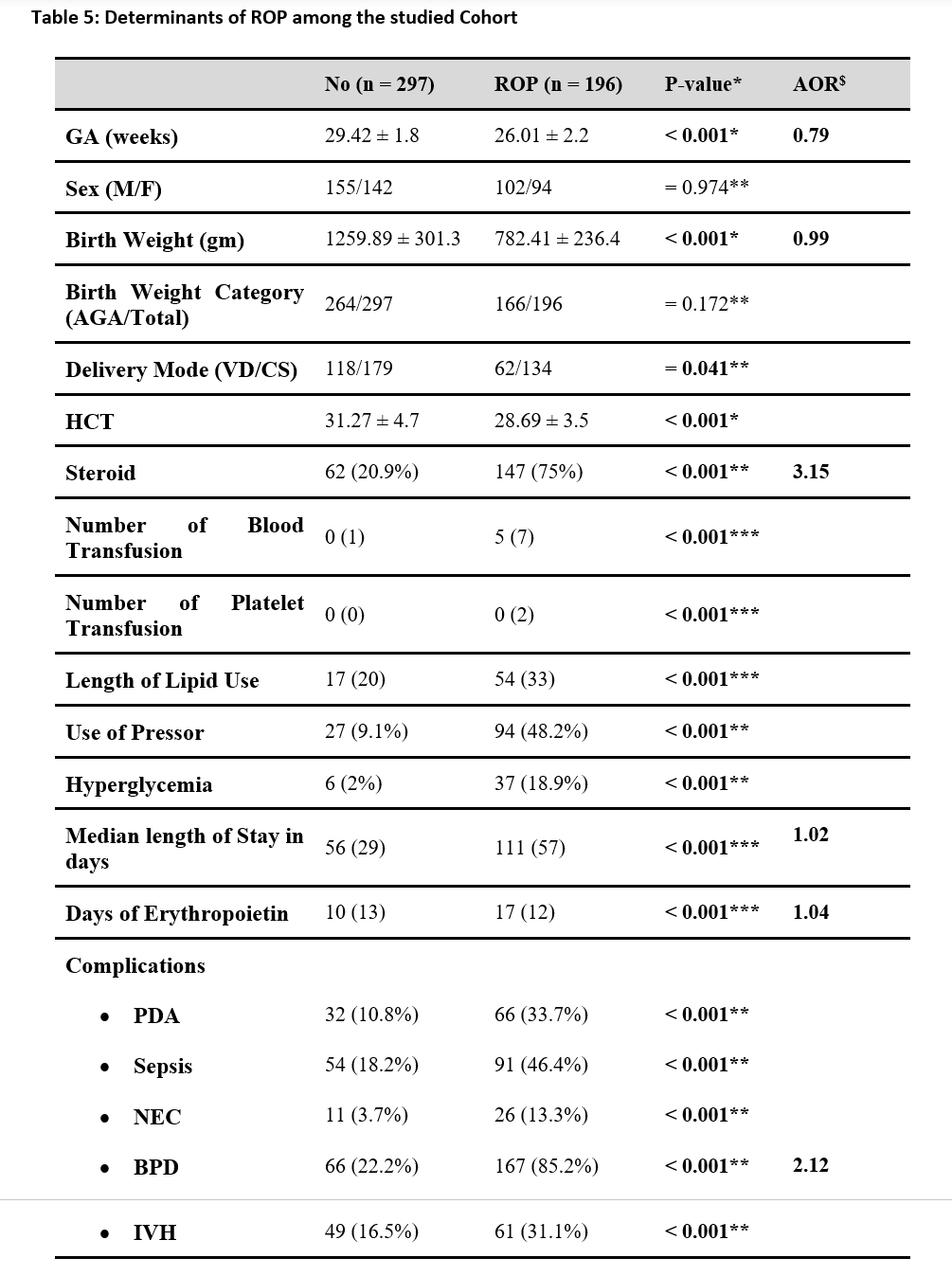Neonatal Fetal Nutrition & Metabolism 4
Session: Neonatal Fetal Nutrition & Metabolism 4
643 - A Comparative Study of the Effects of Lipid Formulations on Retinopathy of Prematurity
Monday, April 28, 2025
7:00am - 9:15am HST
Publication Number: 643.3708
Afeez K. Adisa, Case Western Reserve University School of Medicine, Cleveland, OH, United States; Mahmoud Ali, West Virginia University Children's Hospital, Morgantown, WV, United States; Diem NN. Le, Case Western Reserve University School of Medicine/MetroHealth System, Cleveland, OH, United States; Biju Thomas, Case Western Reserve University School of Medicine, Cleveland, OH, United States; Marwa M. Elgendy, University of Florida, Jacksonville, FL, United States

Mahmoud Ali, MD FAAP (he/him/his)
Assistant professor pediatrics - NICU
West Virginia university
Morgantown, West Virginia, United States
Presenting Author(s)
Background: Retinopathy of prematurity (ROP) is the leading cause of visual morbidity and blindness in
premature infants. Omega-3 PUFA has been shown to
mitigate against ROP development through its anti-ischemic, anti-inflammatory, and
antioxidant properties. The SMOFlipid formulation contains about 25% fish oil provides a rich source of omega-3 and is
therefore, hypothesized to reduce the risk for ROP
Objective: To compare the incidence and severity of ROP among preterm VLBW( < 1501g and GA < 31weeks)
who received intralipid (IL) and those who received SMOFlipid
Design/Methods: This is a single-center, retrospective cohort study. 493 Premature infants were eligible for ROP screening were included.
Patient’s variables obtained are the Gestational age, Birth Weight, Weight-for-GA percentile, 5-min Apgar score, mode of delivery, duration of mechanical ventilation and duration of oxygen requirements, type of parenteral lipid and duration
of use, and use of steroid Outcome variables included are stage of ROP and presence
or otherwise of plus disease. In addition, other associated
co-morbidities such as sepsis, NEC, BPD, PDA and IVH were collected.
Means, standard deviations (SD), medians, inter-quartile range (IQR), and percentages
were calculated. The Chi-square test was used to compare the differences in frequency between
groups and the Shapiro-Wilk or Kolmogorov Smirnoff was used to test the normality of the
continuous variables. For continuous variables with two categories, independent sample t test/Mann Whitney U test was used to compare the difference in means/median as appropriate.
The multivariate logistic regression models included clinical and demographic factors with proven
statistical significance on univariate analyses. Multivariable logistic regression analysis was
performed to determine the independent significant predictors of ROP. P-value was set at 0.05
level of significance.
Results: There was no difference between the Intralipid group and the SMOFlipid group in the incidence
of ROP (41.8% versus 37.1%, P=0.291), and its severity (P=0.313). The SMOFlipid group had
significantly higher rates of Plus (+) disease (P < 0.001). Gestational age, birth weight, mode of delivery, use
of steroids, length of lipid use, use of inotropes, hyperglycemia requiring insulin, and length of
hospitalization were independent predictors of ROP. PDA, sepsis, NEC, BPD, and IVH were also
independently associated with ROP on multivariate analysis.
Conclusion(s): We found no protective effects of SMOFlipid against the development of ROP compared to intralipid.
Determinants of Lipid Type among the studied Cohort
 T-test was used to compare the mean differences between cases and controls
T-test was used to compare the mean differences between cases and controlsChi-square test was used to compare the differences in frequency between groupsMann Whitney U test was used to compare the median differences between groups
Incidence and Severity of ROP
 Chi-square test was used to compare the differences in frequency between groups
Chi-square test was used to compare the differences in frequency between groupsDeterminants of ROP among the studied Cohort
 Table 5 Determinants of ROP among the studied Cohort
Table 5 Determinants of ROP among the studied Cohort
